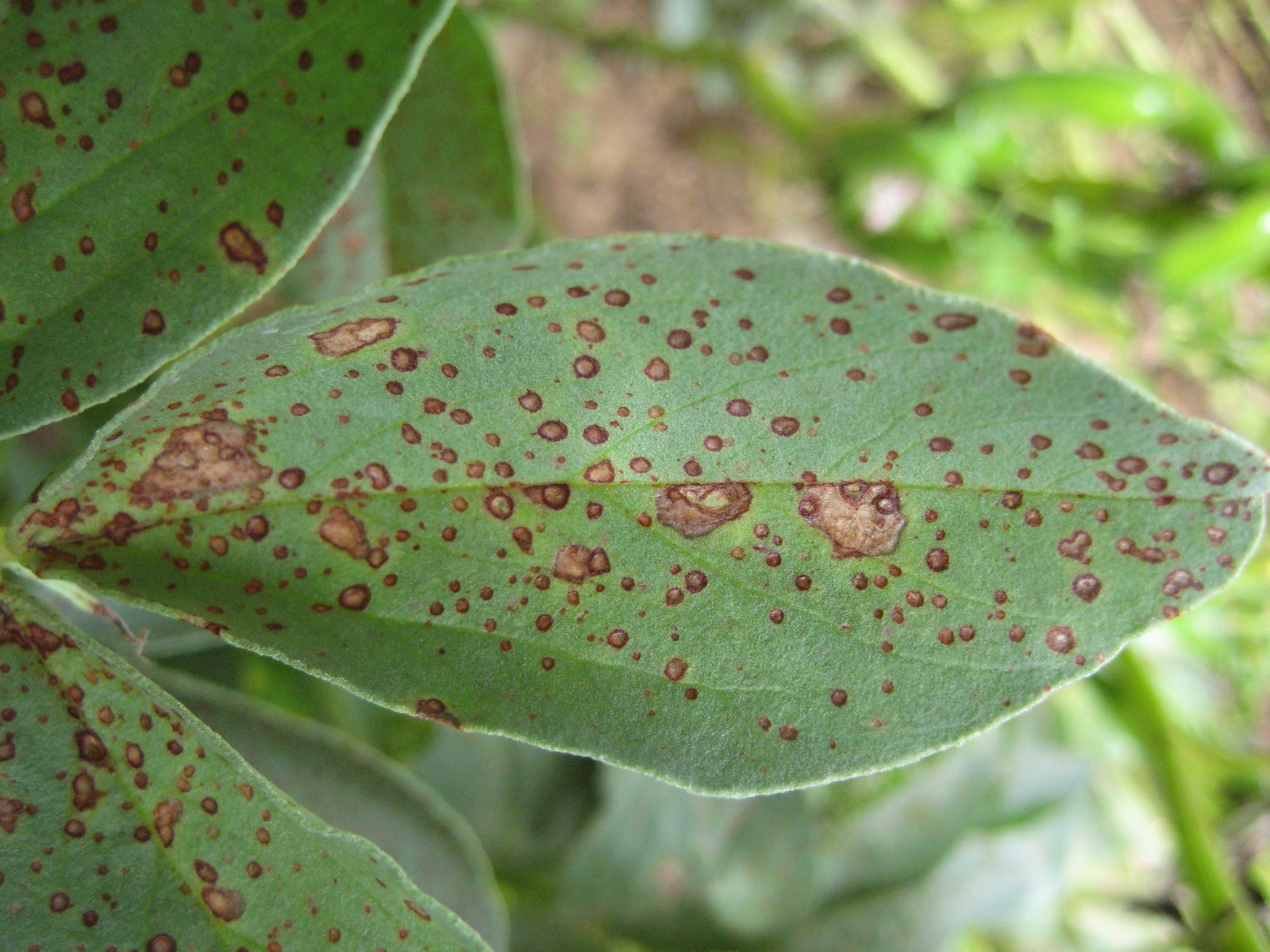Monitor crops closely and consider protective chocolate spot treatments this spring, farmers are warned, as conditions are conductive for the development of winter beans’ most destructive disease.
Early drilling and harsh winter weather combined with cool wet conditions in spring increase winter beans’ vulnerability to chocolate spot. Caused by at least four species of the Botrytis genus, the disease can commonly inflict yield losses of 25%. In very severe cases, chocolate spot can completely destroy a crop.
With some growers getting winter beans in the ground ahead of schedule in autumn, and cold wet windy weather at the beginning of March, the situation is ripe for infection.
Top tips for chocolate spot control
1. Monitor crops closely for first signs of disease
2. Keep an eye on the forecast for cool and humid conditions
3. Use a fungicide, like Signum®, with protective activity
4. Ensure applications are timely – at the first signs of disease or early flowering. Follow up 3-4 weeks later
5. At application, where canopies are dense, keep speeds low and water volumes up.
Latest ADAS research
“In December last year we published a literature review on chocolate spot disease in field beans,” says Ella Bradfield, ADAS Crop Pathology Consultant. “It brings together key findings about the pathogens that cause chocolate spot from across the world and highlights significant weather conditions for disease development and progression.”
It is inoculum on contaminated seed or debris from a previous crop that causes infections. Between growing seasons, Botrytis survives in the form of mycelium or sclerotia which germinate and produce spores when conditions are favourable. Rain or wind can move these spores onto crops, where the pathogen produces enzymes enabling entry into the host plant.
“As the fungus spreads within the plant, it kills plant cells and causes red-brown lesions to form on the leaves. Many expand and merge to form large necrotic areas,” says Ella.
“It’s not just leaves that can be infected, lesions can also develop on stems, weakening them and making crops more prone to lodging. If the fungus spreads to developing pods from flower petals, yield losses can be severe, as infected flowers and pods are non-recoverable.”
Some of the pathogens that cause chocolate spot are described as having two phases – a non-aggressive and an aggressive phase. In the non-aggressive phase, lesions either don’t grow or develop very slowly as certain plant cells produce toxins which kill the pathogen’s hyphae and slow its development. Botrytis fabae, the most common causal pathogen of chocolate spot, is able to overcome this host plant defence and enter the aggressive phase, whereby lesion development progresses very quickly.
“Defoliation and plant death has been seen to take as little as 48 hours after the fungus goes into this aggressive growth phase,” notes Ella.
Researchers have found that 20°C is the optimum temperature for Botrytis fabae to produce spores, but noted that spore production could take place at temperatures as low as 10°C.
“There is consensus that periods of cool or overcast and wet or humid weather conditions encourage the development of chocolate spot disease,” says Ella. “Once the disease is established, temperatures between 15-22 °C and a high relative humidity – above 80% – increase the severity of chocolate spot with lesions growing quickly – up to 3-4 mm per day,”
“Winter beans are thought to be more susceptible to chocolate spot than spring beans as winter weather conditions such as frost and high winds can damage leaves and make them more vulnerable to infection,” she continues. “Dense, early autumn-sown crops may also be more prone to disease due to the humid micro-climate created under the canopy.”
What’s the risk of chocolate spot this year?
“Most winter bean crops are looking well,” observes BASF Agronomy Specialist, Hugo Pryce. “Generally, they went into good conditions and germinated relatively evenly. Given the dry conditions early on, plants would have had get their roots down quickly in order to find moisture. It means they should have a decent root structure going into spring.”
While prospects for the crop maybe good, it’s important growers remain vigilant.
“We had an early start to the season last year. Cereals went in, on average, 7-10 days earlier than usual and the winter beans will have followed on. We know from ADAS’ research that this means they are more susceptible to chocolate spot than we’ve been used to in recent years.
“We’ll need to see what the weather does before we know how much pressure these crops will face but it is worth bearing in mind the speed at which chocolate spot can develop and consider protective action where crops are vulnerable, such as applying a proven and effective fungicide like Signum.”
Signum® contains boscalid and pyraclostrobin and has performed well in ADAS’ trials with benefits beyond disease control.
“ADAS have done work showing that Signum increases GAI and light interception in winter beans – both are key to increasing yield. When applied mid-flowering, it has also been proven to increase seeds per m2.
“Last year in cereals we saw how F500 helped plants during the dry spell in April. If you can keep the crop greener for longer, you’re improving its photosynthetic capacity but also helping the plants produce the energy needed to invest in their roots, making them more resilient to periods of drought stress. Similar can be said for F500 in beans too.”
“Most importantly, Signum does its job and is highly effective against chocolate spot in beans, grey mould in peas and has good preventative activity against rust,” he says.
The manufacturer recommends Signum® is applied at early flowering in high or moderate disease risk situations, followed up with a second application two to three weeks later.

